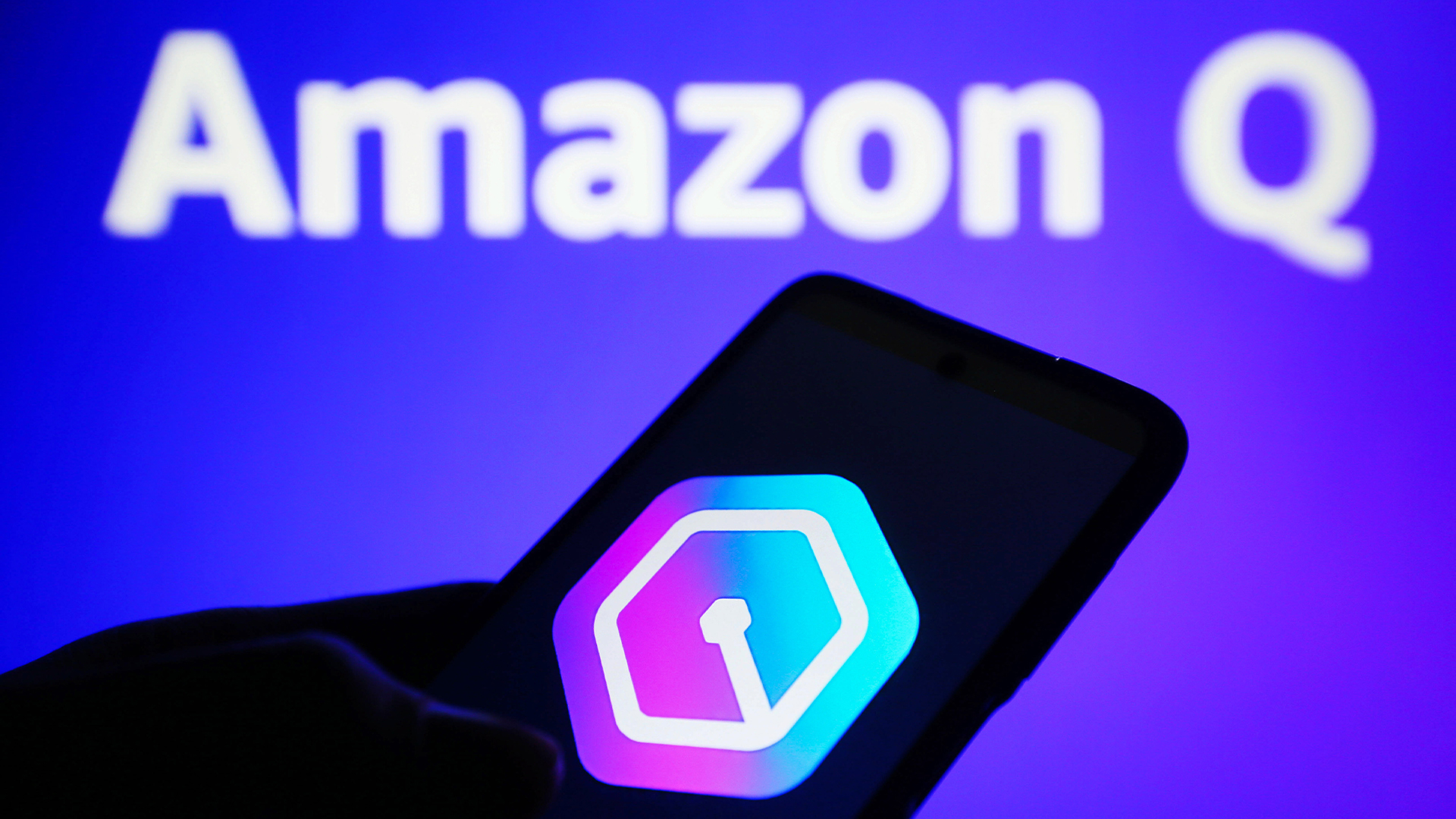Stopping automated attacks with shapeshifting websites
How we can defend against automated attacks? Tom Brewster takes a look...


There's no information on per-appliance pricing yet, though. It's not going to be cheap, at least from what Ghosemajumder tells me: "We have been focused on the high end of the marketplace and enterprise-wide, all-you-can-eat annual usage licenses, at >$1 million/year."
Smarter security doesn't have to cost the earth, even if super-smart security does.
Another concern about such innovative technology is that it could be used as an excuse not to fix underlying issues with the architecture of the website. "It shouldn't be a bandaid over poor site design (i.e. the root causes should be addressed)," says Troy Hunt, web application security expert and Microsoft most valuable professional.
"There's a benefit to be had here but it's most advantageous when security hasn't been approached sufficiently in the first place, which makes you then question how likely the owners of the site are to seek out a dedicated security appliance and indeed if they are going to invest in security, would they not begin by fixing the underlying issues?"
Given that Shape's offering doesn't really protect against particular targeted attacks, such as manual SQL injection, or any manual attack for that matter, nor volumetric DDoS attacks, it certainly shouldn't be seen as a panacea for all your web app security woes. It's incredibly clever, and has huge potential for saving banks significant amounts of money they would have lost to fraud, but this isn't the one security appliance to end them all.
"I hope it is sold responsibly and that they are upfront about its limitations. It has value but if you are to be sure you are continuing to defend effectively you need to seek proper ongoing advice," adds Professor Alan Woodward, from the Department of Computing at the University of Surrey. "The treat changes so rapidly these days that it really isn't a complete substitute for having access to expertise that knows about the evolving threat and how to defend against it.
There are simpler, cheaper things people can do to deter attackers too. Take this novel idea that could fill the hole that Shape leaves when it comes to manual attacks: researchers from the University of Maryland have shown that just warning an attacker can cut the amount of time they spend on a website. That means that if you can create or buy software that detects suspicious behaviour, you can automate messages to attackers and deter them from whatever illicit activity they were planning.
Smarter security doesn't have to cost the earth, even if super-smart security does.
Get the ITPro daily newsletter
Sign up today and you will receive a free copy of our Future Focus 2025 report - the leading guidance on AI, cybersecurity and other IT challenges as per 700+ senior executives
Tom Brewster is currently an associate editor at Forbes and an award-winning journalist who covers cyber security, surveillance, and privacy. Starting his career at ITPro as a staff writer and working up to a senior staff writer role, Tom has been covering the tech industry for more than ten years and is considered one of the leading journalists in his specialism.
He is a proud alum of the University of Sheffield where he secured an undergraduate degree in English Literature before undertaking a certification from General Assembly in web development.
-
 AWS expands language support for Amazon Q Developer
AWS expands language support for Amazon Q DeveloperNews AWS has expanded support for languages in Amazon Q Developer, making it easier for developers to code in their first language.
By Nicole Kobie Published
-
 Cyber attacks against UK firms dropped by 10% last year, but experts say don't get complacent
Cyber attacks against UK firms dropped by 10% last year, but experts say don't get complacentNews More than four-in-ten UK businesses were hit by a cyber attack last year, marking a decrease on the year prior – but security experts have warned enterprises to still remain vigilant.
By Emma Woollacott Published